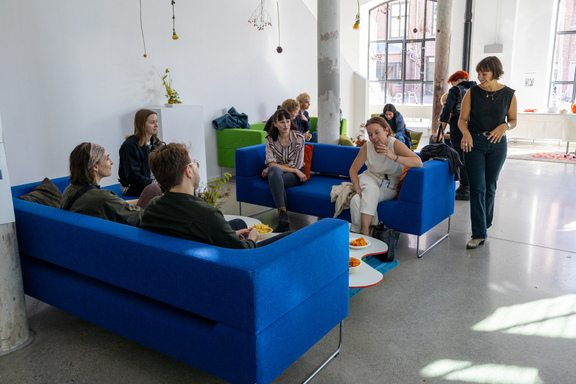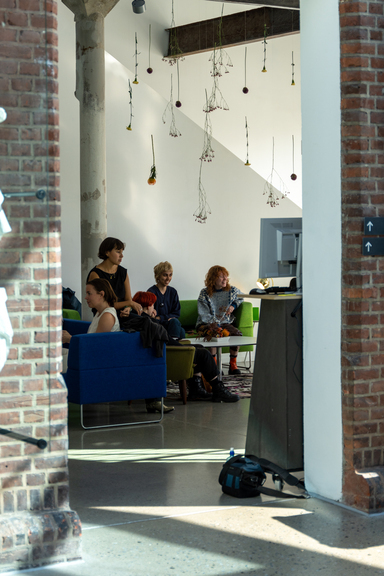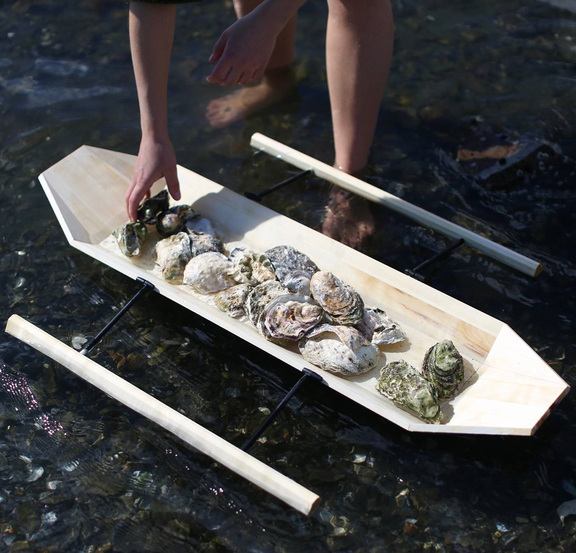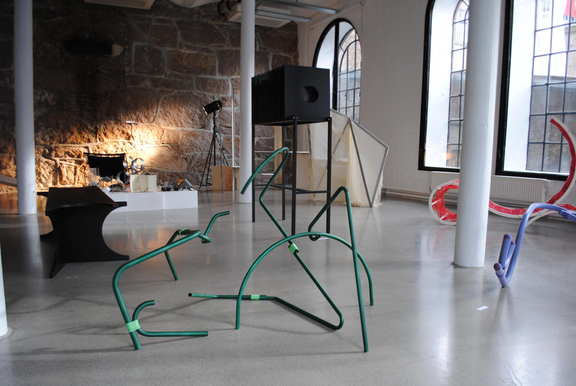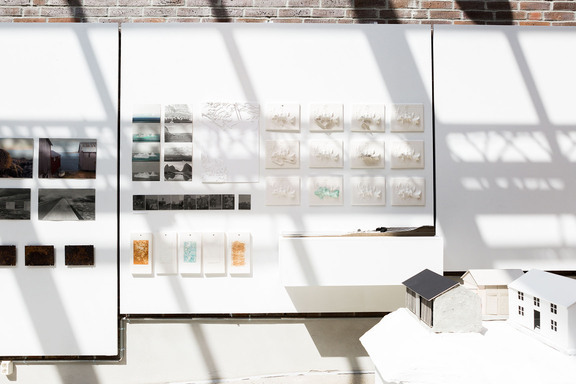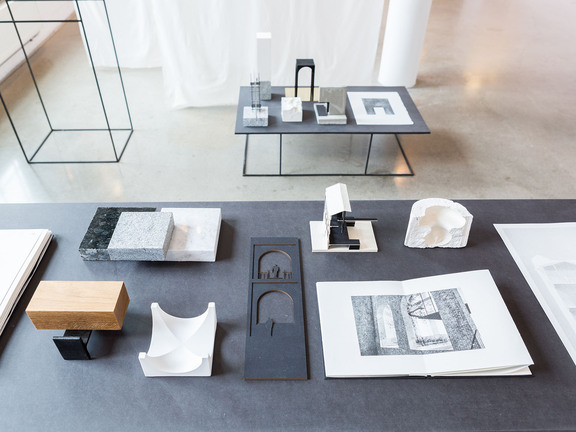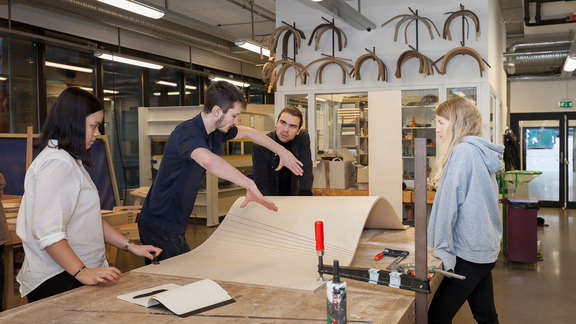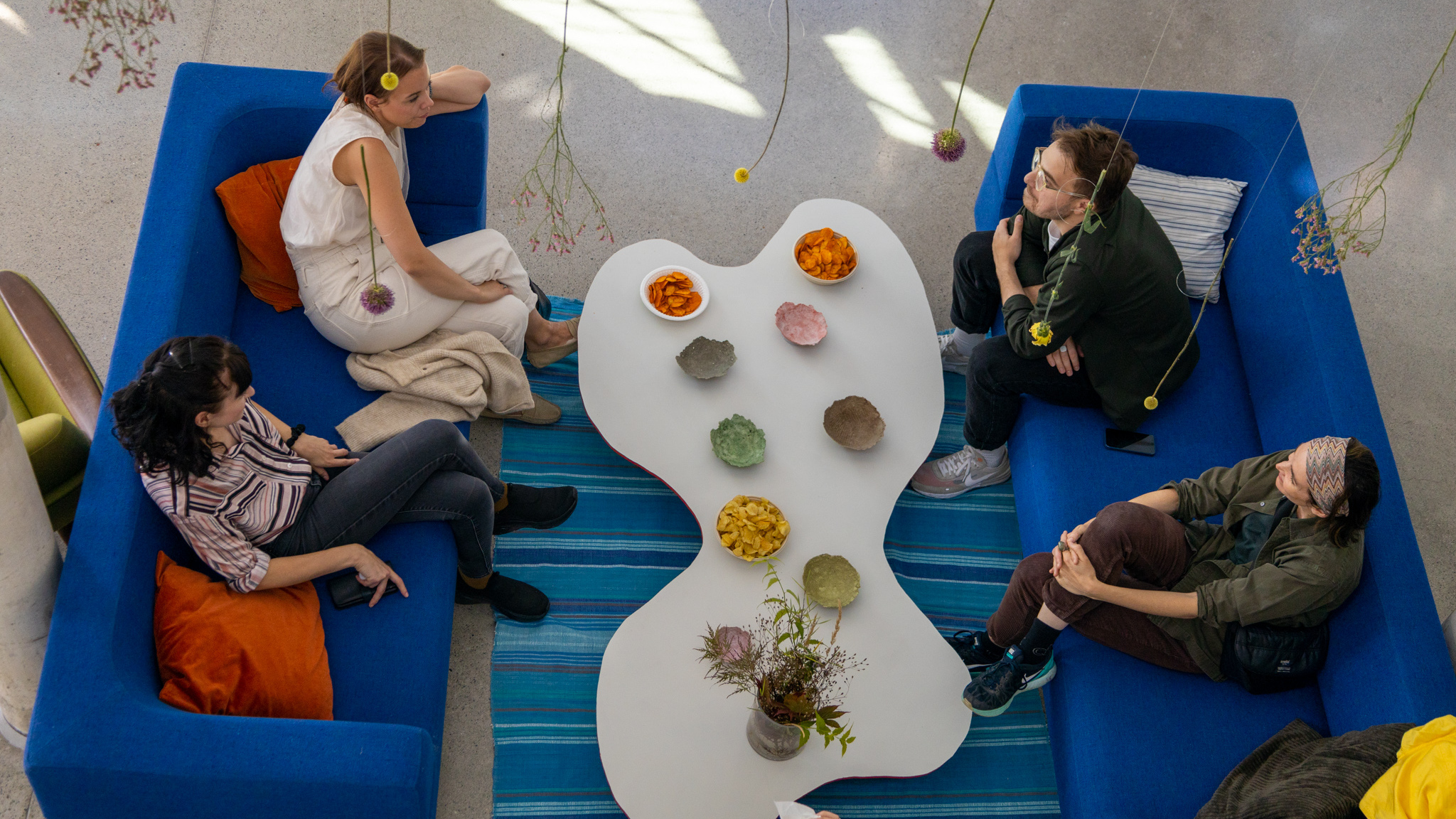

Bachelor programmme in Interior Architecture and Furniture Design
The Interior Architecture and Furniture Design programme aims to educate form-givers who master the relationship between space and objects and have a strong awareness of the context in which they operate.
Our pedagogical approach is rooted in the humanistic tradition and combines practical experimentation with critical thinking and reflection. Intuition and sensory perception are central to all our teaching, which aims to help each student develop their own professional identity. While we focus close to the body, we engage with questions of global significance, as our immediate environment shapes our sense of being and making in the world.
As part of the country's largest art academy, students have access to a variety of well-equipped workshops and opportunities for collaboration across different fields. The faculty in the programme has complementary expertise at a high international level. Together, we work to educate independent reflective practitioners who can expand the boundaries of the profession in relevant contexts.
The programme is connected to an international network of leading design schools and students have the opportunity for exchange.
Student work from the programme is presented on the following sites:
Curriculum
Curriculum not available in English. Language of instruction is Norwegian.
Course Structure
| Course code | Course name | ECTS Credits |
|---|---|---|
| DE101 | Drawing, Form and Colour 1 | 5 |
| DE102 | Art and Design History 1 | 5 |
| DE103 | Drawing, Form and Colour 2 | 5 |
| IM101 | Context | 10 |
| IM102 | Construction | 10 |
| IM103 | Spatial studies | 10 |
| IM104 | Spatial composition | 10 |
| IM106 | Professional theory | 5 |
| Course code | Course name | ECTS Credits |
|---|---|---|
| DE201 | Art and Design Theory 1 | 5 |
| DE204 | Art and Design History 2 | 5 |
| IM201 | Material studies | 5 |
| IM209 | Transformation | 10 |
| IM210 | Elective Studio | 5 |
| IM211 | Structure | 10 |
| IM202 | Anthropometry 1 | 10 |
| IM204 | Situation 1 | 10 |
| IM207 | Kombinasjon 1 | 10 |
| IM212 | Space and Performance 1 | 10 |
| Course code | Course name | ECTS Credits |
|---|---|---|
| DE302 | Art and Design Theory 2 | 5 |
| DE303 | Art and Design Theory 3 | 5 |
| IM305 | Manifest | 5 |
| IM311 | Exhibition | 5 |
| IM350 | Bachelor project | 20 |
| IM202 | Anthropometry 1 | 10 |
| IM204 | Situation 1 | 10 |
| IM207 | Kombinasjon 1 | 10 |
| IM212 | Space and Performance 1 | 10 |
| IM307 | Anthropometry 2 | 10 |
| IM308 | Situation 2 | 10 |
| IM309 | Kombinasjon 2 | 10 |
| IM312 | Space and Performance 2 | 10 |
Exchange
These exchange agreements are valid for bachelor programmme in interior architecture and furniture design:
Admissions
The application deadline is 01 April 2026. Admission opens two months before the application deadline.
About the Design department
The Design department offers both Master’s and Bachelor’s programmes in graphic design, illustration, clothing design, costume design, interior architecture and furniture design.
The department has excellent workshop facilities, and its small classes are highly conducive to training independently-minded practitioners who do not simply regurgitate the academic discourse, but rather challenge it in ways that develop their discipline and society as a whole. This is an important role for a public institution in an educational landscape where the number of design courses is constantly growing.
The Design department started life as Statens håndverks- og industriskole (Oslo National College of Art and Design) (SHKS), founded in 1818. The department is constantly seeking to develop the legacy and craft traditions of the SHKS, and regards its various workshop facilities as central to this effort.
